




冷镦加工是一种少切削或无切削的压力加工新工艺
它是一種利用金屬在以下因素作用下產生塑性變形的加工方法。
外力作用下,在模具的幫助下,重新分配和轉移金屬的體積,以形成
所需的零件或坯料。冷镦工艺最适合生产标准的
螺栓、螺絲、螺帽、鉚釘和銷等緊固件


A safety nut is a type of fastener specifically designed to resist loosening under vibration, thermal expansion, or other dynamic forces. It ensures a secure and reliable connection in critical applications where safety and stability are paramount. Here’s a detailed description:
主要功能:
- Locking Mechanism:
- Safety nuts incorporate a locking feature, such as a nylon insert, deformed threads, or a flange with serrations, to prevent unintentional loosening.
- Material:
- Typically made from durable materials like steel, stainless steel, or brass, often with coatings (e.g., zinc plating) for corrosion resistance.
- Thread Type:
- Compatible with standard metric or imperial threads, depending on the application.
- Design Variations:
- Available in various designs, including nylon-insert lock nuts, top lock nuts, flange nuts, and castle nuts.
Common Types of Safety Nuts:
- Nyloc Nut (Nylon Insert Lock Nut):
- Features a nylon ring inside the nut that creates friction against the bolt threads, preventing loosening.
- Top Lock Nut:
- The top section of the nut is slightly deformed to create a locking action when tightened.
- Flange Nut:
- Has a wide flange at one end that distributes pressure and provides a locking effect through serrations on the flange.
- Castle Nut:
- Includes slots (castellations) for a cotter pin or wire to secure the nut in place, commonly used in automotive and machinery applications.
- Jam Nut:
- A thinner nut used in conjunction with a standard nut to “jam” and lock the assembly.
- Keps Nut (K-Lock Nut):
- Comes with an attached free-spinning lock washer for added security.
How It Works:
- The safety nut’s locking mechanism (e.g., nylon insert, deformed threads, or serrations) creates resistance against rotational forces, ensuring the nut remains tightly fastened even under vibration or thermal cycling.
Applications:
- 汽車: Wheel hubs, suspension systems, and engine components.
- 航太: Critical fastening in aircraft structures.
- Machinery: Heavy equipment and rotating machinery.
- Construction: Structural connections requiring high reliability.
- Industrial: Conveyor systems, pumps, and motors.
Advantages:
- 抗震性: Prevents loosening in high-vibration environments.
- 可靠性: Ensures long-term stability and safety.
- Reusability: Some types (e.g., nylon insert nuts) can be reused, while others are single-use.
- Ease of Installation: Can be installed using standard tools.
Installation Tips:
- Ensure the threads of the bolt and nut are clean and undamaged.
- Tighten the nut to the recommended torque specification.
- For castle nuts, always secure with a cotter pin or wire.
- Avoid over-tightening, as it may damage the locking mechanism.
Safety nuts are essential in applications where failure of the fastener could lead to catastrophic consequences, making them a critical component in engineering and construction.
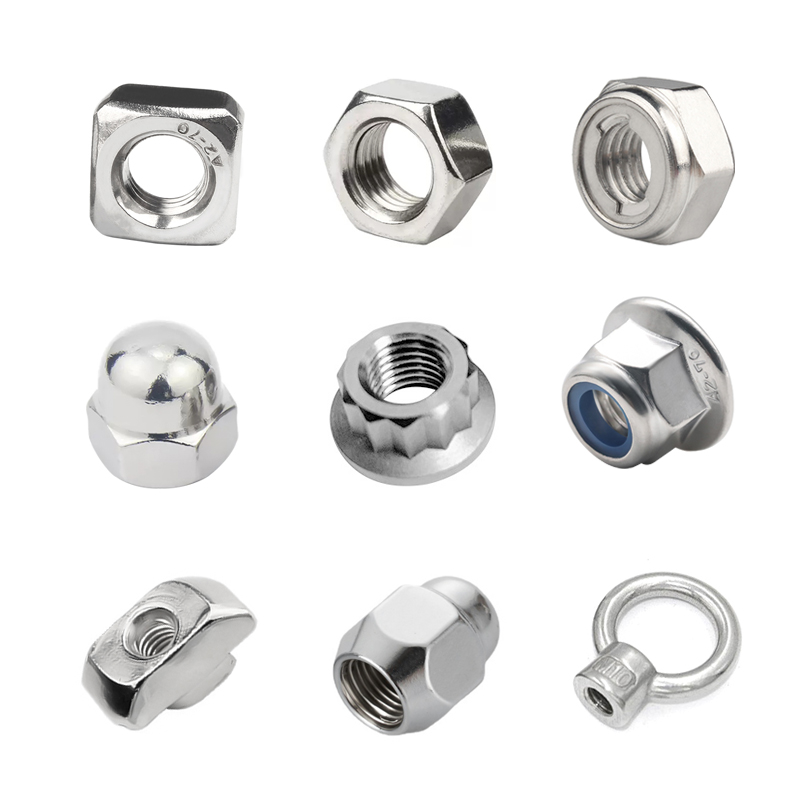
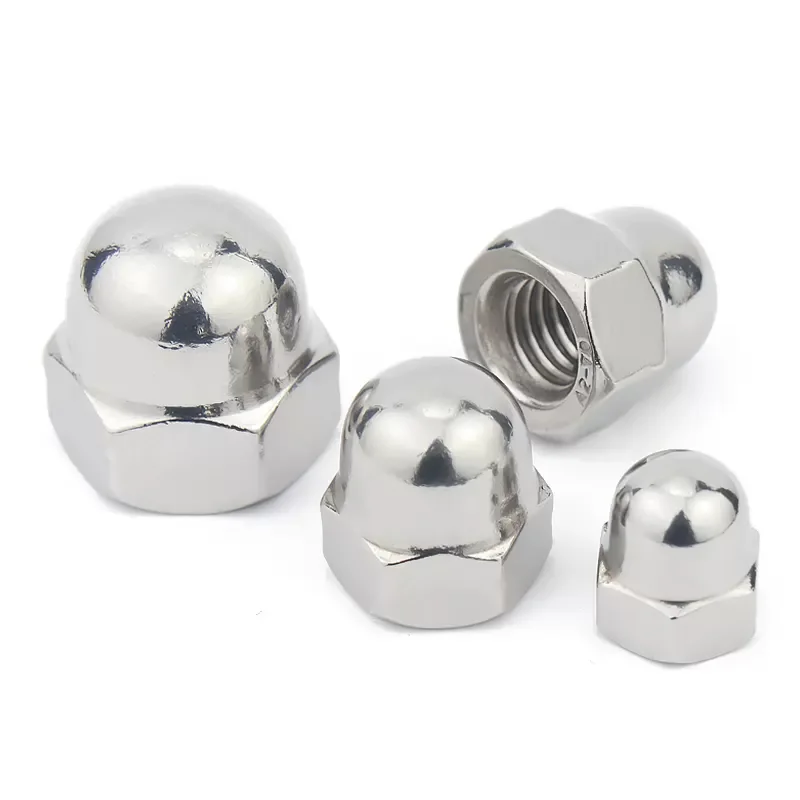
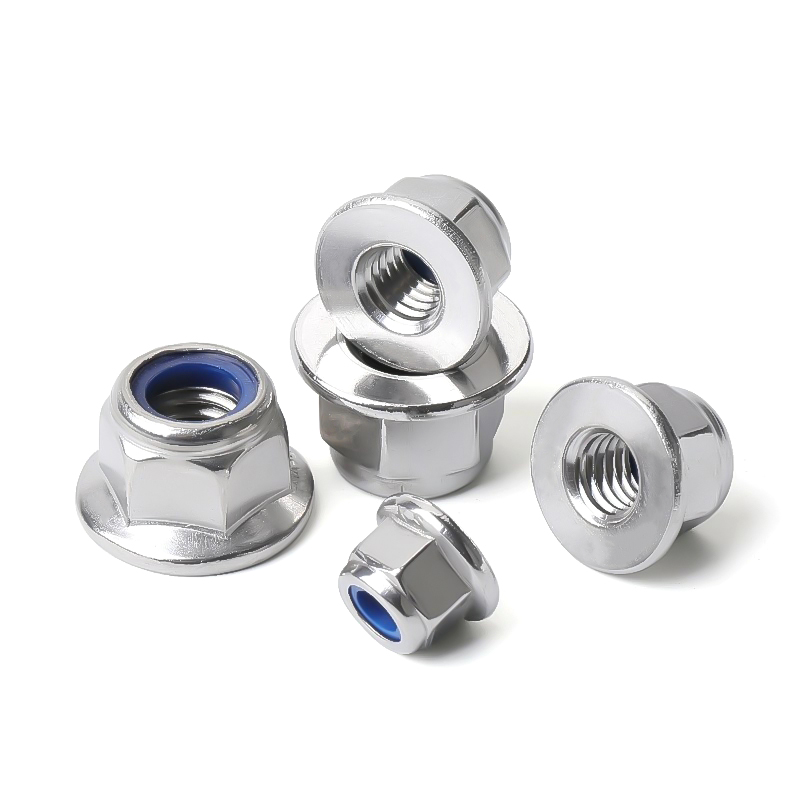
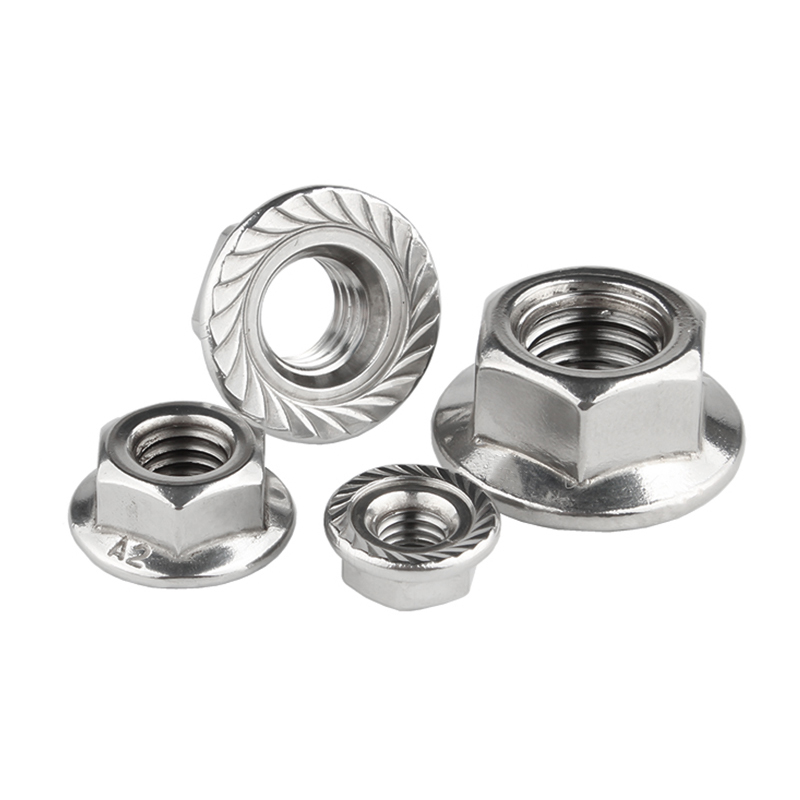

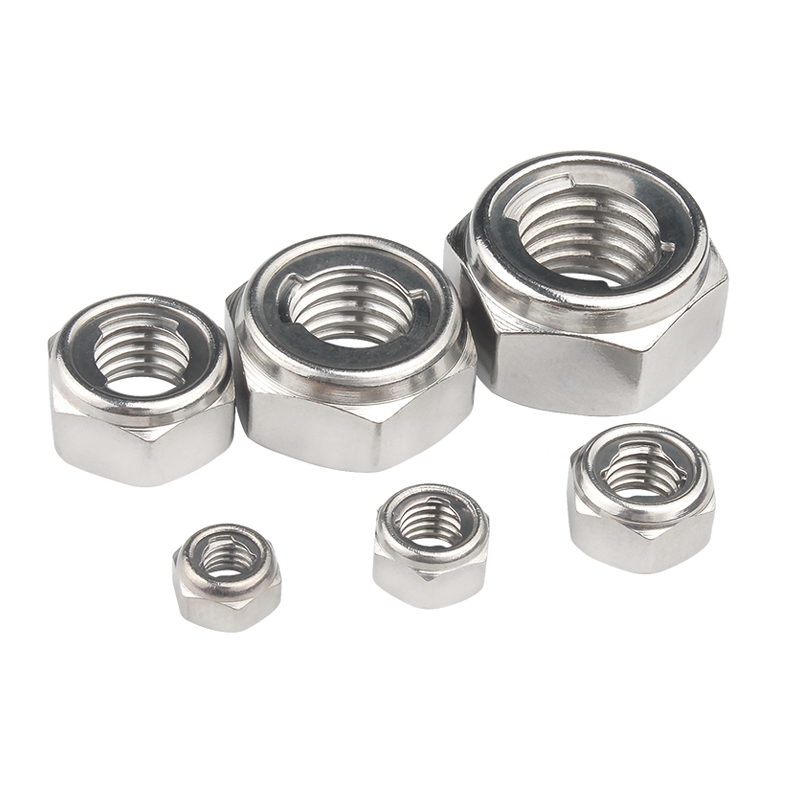
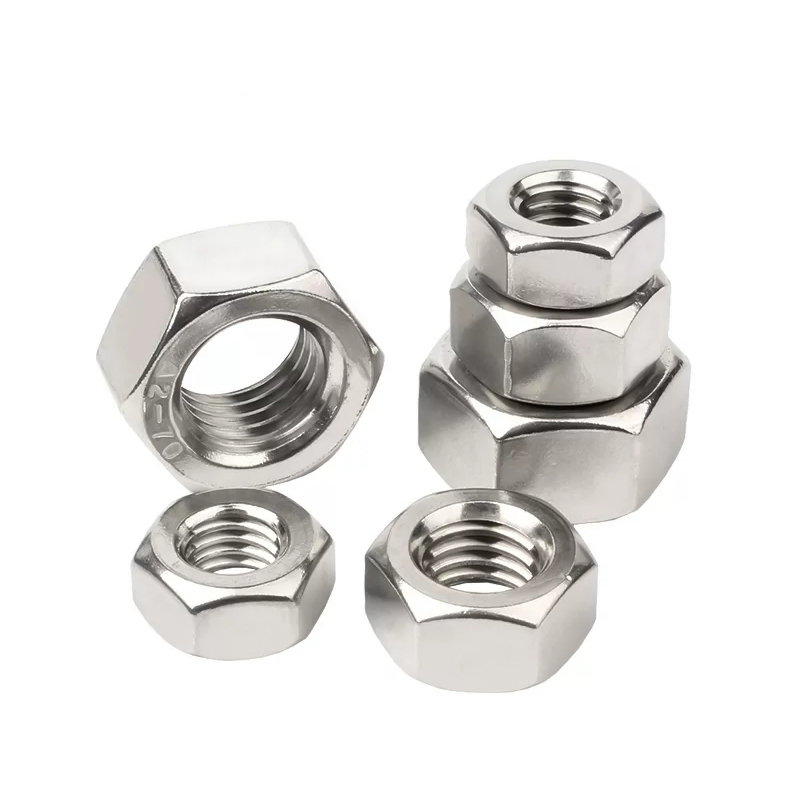
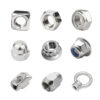
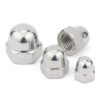
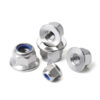
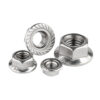
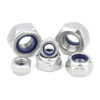

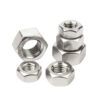
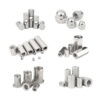
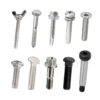

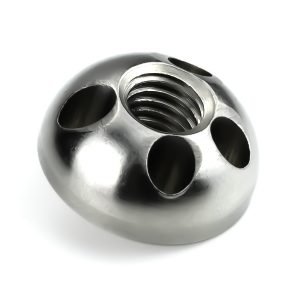


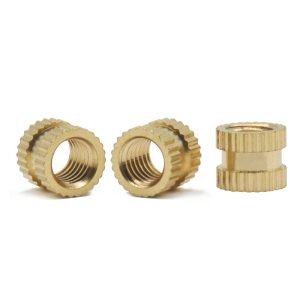

商品評價
目前沒有評價。